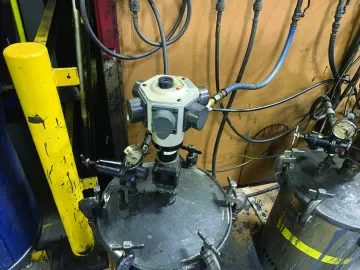Compressed Air, Nitrogen Generation and Chiller Systems at Fabtech 2023
FABTECH 2023, a leading event for metal forming, fabricating, welding, and finishing, successfully wrapped up its four-day run at Chicago's McCormick Place, achieving significant milestones for attendance, exhibitors, and show floor size. The 2023 show floor, spanning an impressive 825,325 square feet across three exhibit halls, featured an extensive showcase of over 1,500 world-class suppliers.




